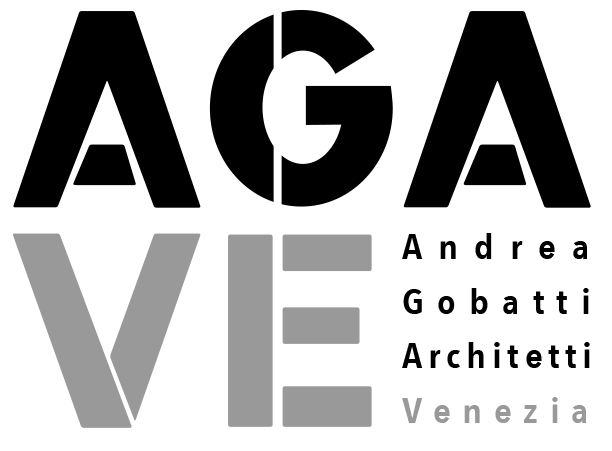Getaway Language in Content Writing: Methods for Updating Your Style Guide
Advantages
In the healthcare profession, successful communication is essential, and can be language plays a vital role for ensuring that communication is respectful and sensitive to the various kinds of needs of patients and also healthcare providers. As nursing professionals, it is crucial to change our style guides for you to reflect the importance of inclusive terms. In this article, we will explore how come inclusive language matters for healthcare content and provide simple tips for updating your style instruction.
Why Inclusive Language Counts in Healthcare Content
Can language refers to the use of content that avoid bias, prototypes, and discrimination against any particular group based on features like gender, race, ethnicity, age, disability, or lovemaking orientation. In the healthcare field, inclusive language is crucial for a few reasons:
Respect for Assortment: Healthcare serves a diverse inhabitants. Using inclusive language reflects on respect for the diverse background objects and identities of sufferers and healthcare professionals.
Productive Communication: Inclusive language makes sure that healthcare information and sales messages are clear, relatable, and simply understood by all clients, regardless of their backgrounds.
Societal https://www.personalstatementsample.net/written-example-of-personal-statement/ Competence: Healthcare providers have to strive for cultural competence. Getaway language is a key portion of this competence, as it exhibits an understanding of cultural nuance and preferences.
Legal and even Ethical Standards: Laws and also ethical guidelines in health require the use of inclusive foreign language to protect patient rights and promote equitable care.
Approaches for Updating Your Style Guide
Identify Inclusive Language: Start by along with a clear definition of inclusive vocabulary in your style guide. Demonstrate why it is important in medical communication and the potential influence of using biased expressions.
Avoid Gender Bias: For healthcare writing, it’s common to use pronouns like “he” or “she” when mentioning patients. To be more comprehensive, consider using gender-neutral language. For example , instead of “he/she, ” employ “they” or rephrase penalties to eliminate gendered pronouns.
Implement Person-First Language: Person-first words places the person before their valuable condition or identity. Such as, say “a person having a disability” rather than “a incapable person. ” This highlights the individual’s humanity above their condition.
Respect Cultural Diversity: Be sensitive to be able to cultural diversity by getting rid of assumptions or stereotypes relating to ethnicity, race, or faith. Use terminology that réflexion and reflects the ethnical backgrounds of patients and even healthcare professionals.
Consider Convenience: Inclusive language should expand to individuals with disabilities. Keep your content is accessible to individuals by using visual, auditory, or intellectual impairments by providing alternative wording for images, using legible fonts, and offering written content in various formats.
Age-Appropriate Vocabulary: Tailor your language to the get older you are addressing. Use appropriate terminology and explanations as soon as communicating with pediatric patients, more mature adults, or other age-specific populations.
Emphasize Privacy and Dignity: Stress the importance of improving patient privacy and self-esteem in your style guide. Steer clear of intrusive or disrespectful words when discussing medical conditions or possibly procedures.
Stay Updated: Dialect and terminology evolve after some time. Encourage regular updates for your style guide to reflect within language and societal best practice rules.
Seek Feedback: Invite opinions from healthcare professionals, people, and community representatives to make certain your style guide effectively promotes inclusive language.
Provide Experiences: Offer concrete examples of can be language use in various healthcare contexts, such as patient degree materials, clinical documentation, in addition to communication with colleagues.
Finish
Inclusive language is not just just political correctness; it is an important aspect of effective and considerate healthcare communication. Updating your wants guide to include guidelines on inclusive language can help caregiving professionals and healthcare organizations foster a more inclusive, fair, and culturally competent health-related environment. By following these tips, you can take a significant step toward strengthening communication and patient caution in your healthcare setting.
